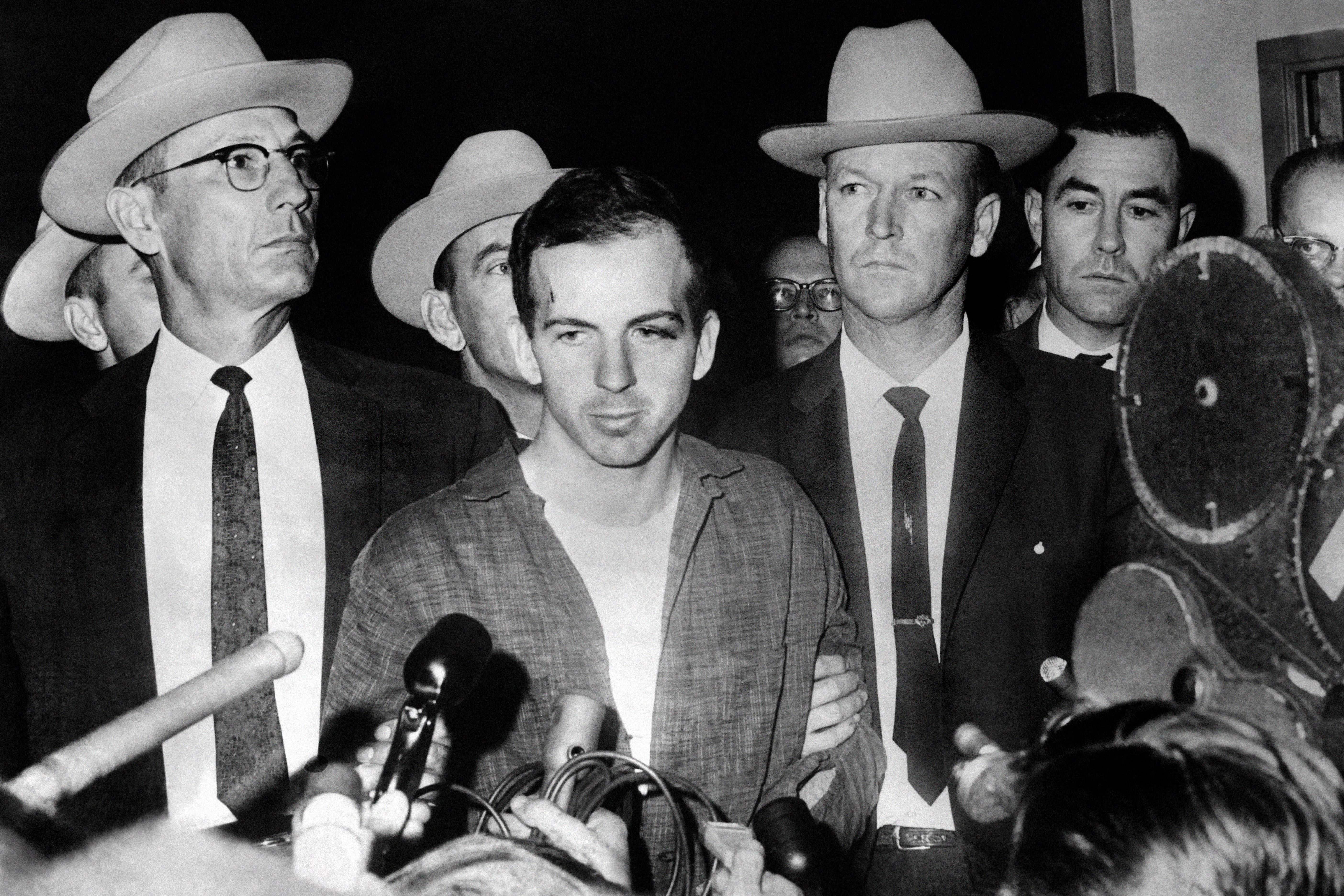In the JFK files, there’ll be no smoking gun – only bombshells
As America braces itself for thousands of declassified CIA documents, former intelligence officer John Kiriakou explains why there isn’t much light left to shed on the presidential assassination – but we should expect intriguing detail about the ‘second gunman’ theory in the killing of his brother, Robert


If all goes to plan, Donald Trump will oversee the release of the final remaining classified documents related to the assassination of John F. Kennedy. The US president ordered the release of all records on his second full day back in the White House, a demand that prompted the discovery of 2,400 hitherto overlooked files.
But the biggest mystery is why it has taken so long.
Congress mandated the documents’ declassification and release in 1992, and yet every president since George H. W. Bush has declined to do so.
However, as someone who has worked for the CIA as an intelligence officer – and who was jailed for 23 months for blowing the whistle on interrogation techniques – I would posit that there is nothing interesting about the JFK assassination left to be released.
Far more interesting will be the classified files about the assassinations of his brother, senator Robert F. Kennedy.
The conventional wisdom is that the CIA has long objected to the release of the JFK files – some 10,000 or so pages – as they likely cover its surveillance activities leading up to the assassination in November 1963.
The documents are expected to show that Lee Harvey Oswald – the 24-year-old Marine veteran apprehended for shooting at the presidential motorcade in Dallas, but who was himself killed while being escorted by officers – had been under CIA surveillance in Mexico City prior to the assassination; and that the CIA did nothing to stop him, engage him, or otherwise disrupt his planning.
Another theory is that, at the time of the shooting, the CIA had been preoccupied with tailing American mafia members in Mexico.

I know how the CIA works. If there had ever been documents implicating the CIA, even indirectly, in JFK’s murder, they would have been destroyed years ago or else they would have been released already. They wouldn’t have sat in a filing cabinet for the past 62 years with CIA officials hoping against hope that they wouldn’t be forced to release them.
Instead, the CIA likely is trying to protect “sources and methods”, the holy grail of spycraft, even if the information is more than six decades old. The agency simply doesn’t want anybody to know who its officers were following in Mexico – or, conversely, that they were asleep on the job and not following anyone at all.
Instead, I believe that the most interesting documents to be released will relate to the assassination of Kennedy’s brother.
On June 4, 1968, New York senator Robert F Kennedy, who had been JFK’s closest adviser and his attorney general, won the California Democratic presidential primary. Around midnight, he gave a victory speech at the Ambassador Hotel in Los Angeles and, with three private bodyguards and several friends, entered the hotel kitchen to depart through a back exit. Sirhan Sirhan, a 24-year-old Jordanian of Palestinian origin, was in the kitchen and opened fire on Kennedy.
In 1969, Sirhan testified that he had shot Kennedy “with 20 years of malice aforethought”, citing Kennedy’s support for Israel. Sirhan was quickly convicted of first-degree murder and sentenced to death. That sentence was commuted to life in prison in 1972. He has since been denied parole 17 times. He now claims that he has no memory of the killing, and his attorneys argue that he was framed.
It is easy to dismiss Sirhan as a madman. He has alternated over the years between confessing his pride in killing Kennedy, to denying that he did it, to saying that he can’t remember and even blaming the CIA for either drugging or hypnotising him to do it. I doubt that the documents will make his mental state, either on the night of the murder or subsequently, any clearer. But that’s not the interesting part of the case.

The interesting part is that the new documents could shed light on the “second gunman” theory.
Sirhan fired eight shots at Kennedy with an eight-shot revolver. But Sirhan was in front of Kennedy when he began shooting. And Los Angeles County Coroner Thomas Noguchi testified that the fatal shot came from behind Kennedy, at a distance of between one and three inches.
Furthermore, a 2006 forensic analysis of a recording of the shooting found that between 10 and 13 shots had been fired.
In 2008, John Pilger, the Australian documentary-maker, who had been covering the Kennedy campaign, witnessed his assassination and maintained he had seen a second gunman.
Robert F. Kennedy, Jr., the senator’s eldest son and now Donald Trump’s health secretary, said in a 2023 television interview named security guard Eugene Thane Cesar as the second shooter. Cesar, in a television interview in the 1990s, said that he had gone to the Ambassador Hotel that night with the intent to kill Kennedy, but that “that Arab fellow shot him before I could”.
It is unlikely that the declassified RFK documents will provide a “smoking gun” that says, “There was a second shooter”, or “Cesar did it”, or that Sirhan was a Manchurian candidate, someone who had taken part in MK-Ultra, the CIA's covert mind-control research programme in the early years of the Cold War, and been brainwashed into being an unwitting assassin.
Nobody expects that. But what we do expect is that the documents will at least shed some contemporaneous light on one of the most important and tragic events in American history.
Former CIA officer John Kiriakou is author of ‘Doing Time Like A Spy’ (Rare Bird Books, £8.79) and host of ‘CIA Declassified’ on UnifydTV (unifyd.tv)
Join our commenting forum
Join thought-provoking conversations, follow other Independent readers and see their replies
Comments